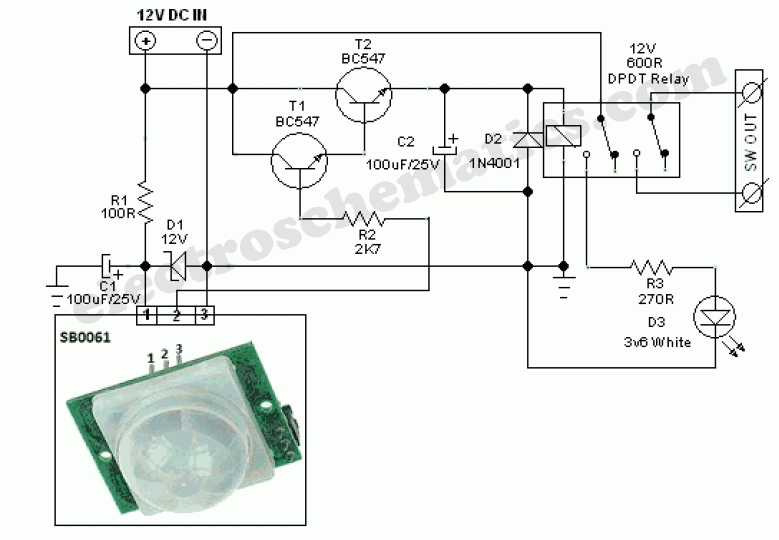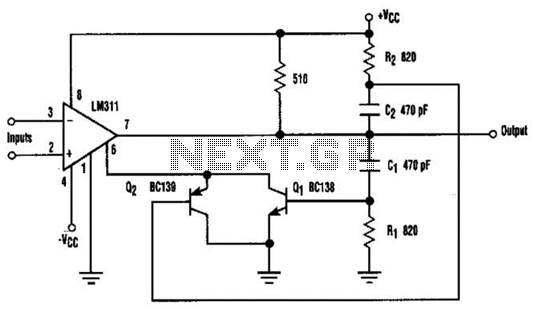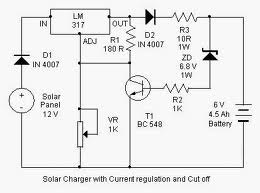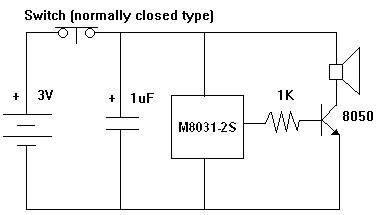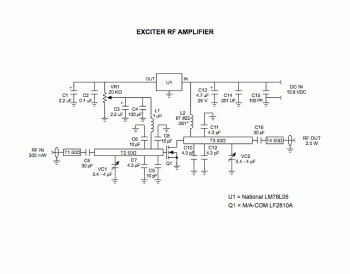
LM335 Temperature Sensor Measurement Circuit LM335A LM335 LM35 Sensors
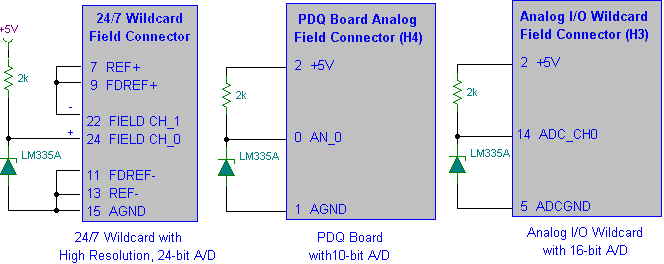
Interfacing the LM335A temperature sensor with A/D converters involves measuring temperature using the LM35 and LM335A sensors alongside the 9S12 HCS12 microcontroller. This process includes analyzing both calibrated and uncalibrated temperature errors of integrated circuit temperature sensors.
The LM335A is a precision temperature sensor that outputs a voltage proportional to absolute temperature, making it suitable for interfacing with analog-to-digital converters (ADCs). The LM335A provides an output of 10 mV per Kelvin, allowing for straightforward temperature measurement when connected to an ADC.
In the context of the 9S12 HCS12 microcontroller, the integration begins with connecting the LM335A's output pin to one of the ADC input channels. The ADC in the HCS12 can convert the analog voltage signal from the LM335A into a digital value that the microcontroller can process. The connection typically requires a proper reference voltage to ensure accurate readings, and it is crucial to select an appropriate ADC resolution based on the expected temperature range.
Calibration of the temperature sensors is essential to ensure accurate temperature readings. Calibration involves comparing the output of the LM335A against a known temperature source and adjusting the readings accordingly. This process can help identify and correct any systematic errors that may arise due to variations in the sensor's output or the ADC's characteristics.
Uncalibrated temperature errors may occur due to factors such as nonlinearity in the sensor output, variations in supply voltage, and temperature drift over time. These errors can be quantified by performing a series of tests at known temperatures and recording the output voltages. The results can then be used to develop error compensation algorithms that enhance the accuracy of temperature measurements.
In summary, interfacing the LM335A temperature sensor with A/D converters and the 9S12 HCS12 MCU involves careful consideration of the sensor's output characteristics, ADC configuration, and calibration processes to achieve reliable and accurate temperature measurements.Interfacing the LM335A temperature sensor to A/D converters, measuring temperature with LM35 LM335A sensor and the 9S12 HCS12 MCU, calibrated and uncalibrated temperature errors of IC temperature sensors.. 🔗 External reference
The LM335A is a precision temperature sensor that outputs a voltage proportional to absolute temperature, making it suitable for interfacing with analog-to-digital converters (ADCs). The LM335A provides an output of 10 mV per Kelvin, allowing for straightforward temperature measurement when connected to an ADC.
In the context of the 9S12 HCS12 microcontroller, the integration begins with connecting the LM335A's output pin to one of the ADC input channels. The ADC in the HCS12 can convert the analog voltage signal from the LM335A into a digital value that the microcontroller can process. The connection typically requires a proper reference voltage to ensure accurate readings, and it is crucial to select an appropriate ADC resolution based on the expected temperature range.
Calibration of the temperature sensors is essential to ensure accurate temperature readings. Calibration involves comparing the output of the LM335A against a known temperature source and adjusting the readings accordingly. This process can help identify and correct any systematic errors that may arise due to variations in the sensor's output or the ADC's characteristics.
Uncalibrated temperature errors may occur due to factors such as nonlinearity in the sensor output, variations in supply voltage, and temperature drift over time. These errors can be quantified by performing a series of tests at known temperatures and recording the output voltages. The results can then be used to develop error compensation algorithms that enhance the accuracy of temperature measurements.
In summary, interfacing the LM335A temperature sensor with A/D converters and the 9S12 HCS12 MCU involves careful consideration of the sensor's output characteristics, ADC configuration, and calibration processes to achieve reliable and accurate temperature measurements.Interfacing the LM335A temperature sensor to A/D converters, measuring temperature with LM35 LM335A sensor and the 9S12 HCS12 MCU, calibrated and uncalibrated temperature errors of IC temperature sensors.. 🔗 External reference
